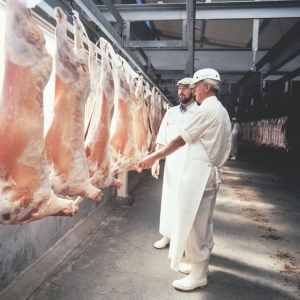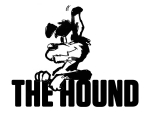Beef + Lamb New Zealand’s (BLNZ) chief economist Andrew Burt says the drop in sheep numbers is not a problem.
In the first half of the 2013-14 season, lamb exports were down by 2.5% -- 158,200t. But a price increase lifted the value of lamb exports to $1.33 billion – an increase of 11%. Burt attributes the drop in lamb numbers mainly to last season’s widespread drought.
The European Union remains the largest market for our lamb ,taking 42% worth $675 million. Asia is second in value, taking 33% worth $311 million. China buys the most, but comes second in value.
Burt says this simply reflects where China is, but notes there is big growth in food service leading to the sale of more high value cuts to that market.
“We often talk about the US being focused on racks, the UK on legs and middle cuts, and China on lower value cuts. But there is evidence of some of those high value cuts going to China.”
Burt says people still tend to focus on sheep numbers when looking at the sector, rather than the export dollars the industry is generating.
“I keep reflecting [on the period after] de-regulation and the fact that we have dropped sheep numbers by 50%. But we are producing only about 5% fewer lambs; the difference is not that [great]. People still tend to think the drop in sheep numbers and ewe numbers are the basis for the demise of the industry. But if you look at the volume produced and exported it’s not that different and we are seeing much better prices for it now in export markets.”
Burt also notes lamb weights are up this season compared with last season. “Last season they averaged bang-on 18kg for lambs, but they have come back up this season to 18.3 kg.”
Mutton exports rose by 26% over the first six months of the season, reaching a record high of 61,700t. But the mutton kill is expected to taper off in the second half of the season, resulting in an
end-of-year total Burt says will be lower than last season.
China remains the rising dominant buyer of our mutton, taking 72% compared with 52% for the same period in the previous season. In dollar terms, the value of mutton exports increased by 44% to $330 million.
Beef and veal exports have remained virtually unchanged from the previous season at 189,600t. There was a decline in exports to North America, North Asia and the European Union, but this was offset partly by increases to South East Asia and the Middle East. Of note was the surge in exports of beef to Indonesia – up 400% and now accouting for 4.7% of New Zealand’s beef and veal exports.
Burt says despite increasing demand from China, New Zealand must not neglect the high value, developed markets we have traditionally supplied.

















